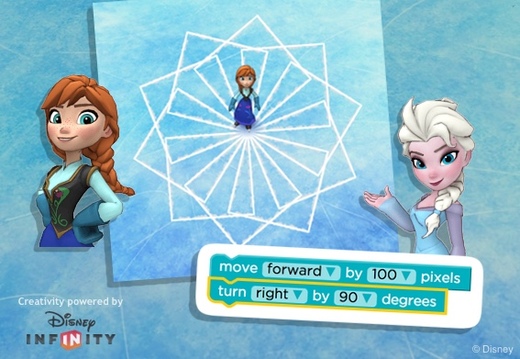
Last year during Computer Science Education Week, some in the corporate community participated in The Hour of Code. To those who visited classrooms, thank you! Telling students about the exciting careers in computer science not only inspires leaders of tomorrow, but it also leads to more graduates equipped to innovate and address tomorrow’s challenges. And they will be needed. By 2020, we will have a million more computer science jobs than qualified applicants. This gap is serious!
Computers are such an integral part of our lives today that we may forget the computer code that makes the things run. Coding is the power behind the scenes that facilitates innovation. Besides producing applications that are a part of our everyday lives, such as email and social media, coding improves the quality of our lives and keeps us safe.
For example, SAS coders create software that protects children and saves lives through new cardiac arrest protocols. Biomedical engineers use SAS code to develop prosthetic devices that change the lives of amputees. SAS coders also create software that prevents cybercrime and identity theft and helps banks detect fraudulent transactions in near real-time so they can protect customers and thwart criminals. Ultimately, coding helps every citizen in our global community. (Read more inspiring stories about how the code created at SAS improves lives.)
Last year, SAS CIO Keith Collins spoke to a small group of SAS employees about how to participate in the Hour of Code. Along with many others, I also encouraged our folks, especially coders, to visit a classroom and share their enthusiasm for computer science. Some responded and the experience was rewarding for all concerned. That effort, Chapter 1 for SAS, also led to some strong connections between SAS and the public schools.
Chapter 2 happened organically. Responding to Keith’s call, we convened enthusiastic SAS coders who met monthly to discuss how SAS could participate in the Hour of Code. One of the outcomes was a tool kit of Power Point slides, lessons and activities for employees to take into public school classrooms. We integrated some of the online activities at Code.org into our lessons, and developed materials to make the experience interactive for students and easy for volunteers to deliver.
This week almost 100 volunteers are teaching multiple lessons at more than 30 schools. Schools without computers requested an “unplugged” lesson. Schools with computer access requested online lessons, but all of the lessons are geared to peak students’ interest in computer science and STEM.
The volunteers are passionate, because they know that leading companies like SAS rely on a steady supply of coders who write code and solve problems. Creativity is at the heart of innovation, and innovation is the very heart and soul of SAS. So hats off to these volunteers for teaching the next generation to create and innovate. Our global economy is certainly going to need them.

5 Comments
What I like about teaching introductory coding is folks learn WHY stuff happens with just a small mistake. They most likely will not write code but they will most likely deal with various programs all thru their life.
Folks who enjoy working on puzzles, crosswords to remodeling old houses, may also enjoy code. Each assignment is to take tools and do stuff that has not been done exaclty the same way before.
I agree completely, David. The logic of programming and the element of solving a puzzle are the things that appeal to many coders...even those who just dabble in it, like me!
Most rewarding and meaningful experience in a good long while - seeing those kids faces light up when they got it and started finding more efficient ways to move through the activities was awesome!!
Watching their expressions inspires ALL of us, doesn't it? I think it also says something about the quality of the instructor 🙂
Most operators are the same in Stata as in SAS, but in Stata operators do not have mnemonic equivalents. For example, you have to use the ampersand ( & ) and not the word "and".
Ramirez from http://healthcare-schools.org/x-ray-technician/